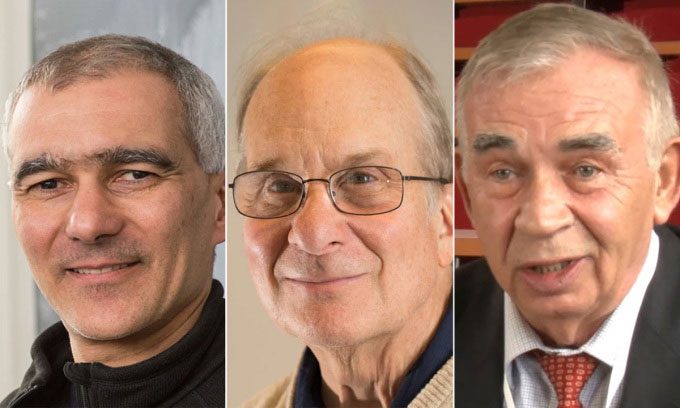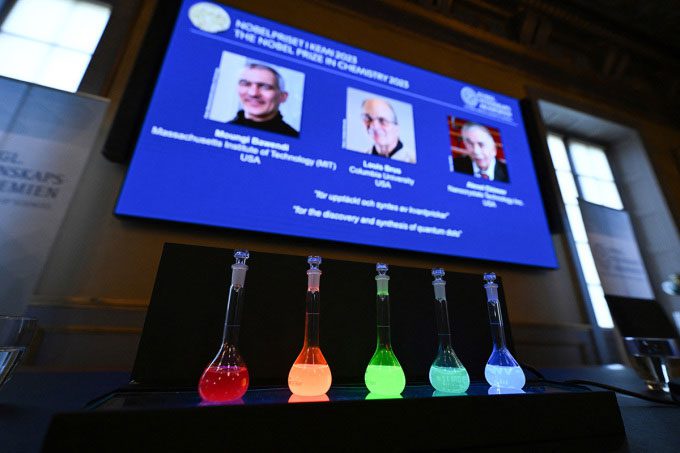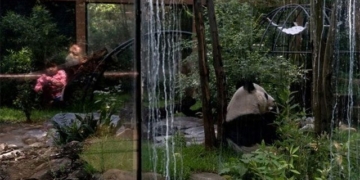Quantum dots are tiny crystals that can adjust color, providing vibrant images for TV screens and illuminating tumors in patients, helping three scientists win the 2023 Nobel Prize in Chemistry.
Quantum dots are minuscule crystals that scientists can tune to emit various colors, offering vivid visuals for TV screens or illuminating tumors within a patient’s body, assisting surgeons in identification. These are semiconductor particles that are only 1/1,000 the width of a human hair.

Three scientists, Moungi G. Bawendi, Louis E. Brus, and Alexei I. Ekimov, were awarded the 2023 Nobel Prize in Chemistry for their discovery and synthesis of quantum dots.
In 1937, physicist Herbert Froehlich predicted that when particles are small enough, called nanoparticles, they would exhibit strange effects of quantum mechanics. To explain this quantum phenomenon, Judith Giordan, president of the American Chemical Society (ACS), suggested thinking of the particles as tiny boxes. When the particles shrink to a small enough size, electrons collide with the walls of the box.
In a larger box, electrons will collide with the walls less frequently, meaning they have lower energy. For quantum dots, a larger box emits red light, while a smaller box emits blue light. This means that by controlling the size of the particles, scientists can make crystals emit red, blue, and other colors in between.
Working with this nano material is like observing a rainbow all day, according to Leah Frenette, a quantum dot expert at the Royal Institute of Technology in London. However, it wasn’t until about 40 years after Froehlich’s prediction that anyone actually observed this phenomenon.
Discovery Leads Three Scientists to Nobel Prize
In the early 1980s, Russian physicist Alexei Ekimov, one of the 2023 Nobel Prize winners, melted colored glass and captured X-ray images of the results. He discovered that smaller particles appeared bluer, recognizing this as a quantum effect. However, glass is a material that is not easy to control, and his research published in Soviet scientific journals received little attention.
Around the same time in the U.S., the second Nobel laureate this year, scientist Louis Brus, became the first to discover this colorful quantum effect in a liquid solution. At the time, he was unaware of Ekimov’s work.
“For a long time, no one believed you could actually create particles that small, but the awardees this year succeeded. However, to make quantum dots truly useful, you need to create them in solution and control their size and surface,” said Johan Aqvist, a member of the Nobel Committee.
The remaining Nobel laureate this year, French scientist Moungi Bawendi, found a way to accomplish this in his laboratory at the Massachusetts Institute of Technology (MIT) in 1993. By precisely controlling the temperature of a liquid mixture of colloidal particles, Bawendi could develop nano crystals to the exact size he desired, paving the way for mass production.

Laboratory equipment used to explain during the announcement of the 2023 Nobel Prize in Chemistry at the Royal Swedish Academy of Sciences in Stockholm on October 4. (Photo: Jonathan Nackstrand/AFP)
Common Applications
The most common everyday application of quantum dots is likely in QLED TVs. According to Cyril Aymonier, head of the French Institute of Condensed Matter Chemistry, nano crystals help improve screen resolution and maintain color quality for longer periods.
Doctors also utilize their fluorescent light to illuminate organs or tumors in a patient’s body. Frenette stated that she is researching diagnostic tests using quantum dots as “tiny beacons” to help detect diseases in medical samples.
One issue is that most quantum dots are created using a toxic heavy metal called cadmium. Both Aymonier and Frenette are researching ways to produce non-toxic quantum dots.
In the future, quantum dots have the potential to double the efficiency of solar panels, according to Giordan. Their strange quantum power could produce double the number of electrons compared to existing technologies. “This is fantastic, as we are approaching the limits of current solar energy materials,” she stated.
Although quantum dots are considered cutting-edge scientific technology, humans may have unknowingly used them for centuries. The reds and yellows in stained glass windows from the 10th century indicate that artisans of the past accidentally employed techniques to create quantum dots.


















































